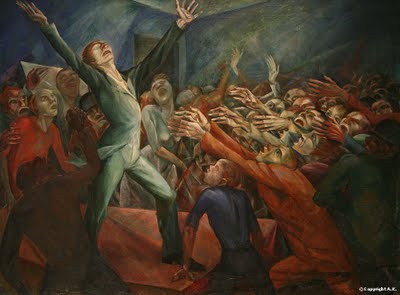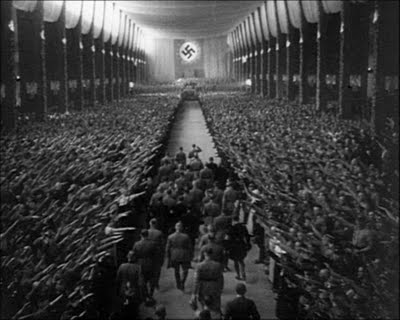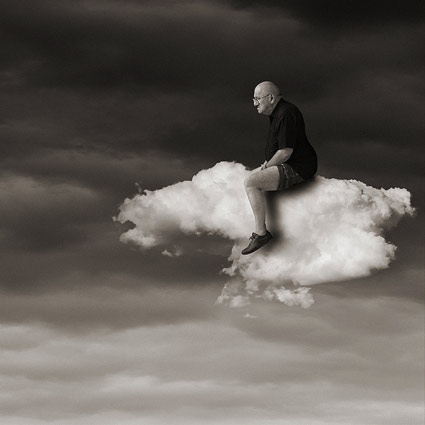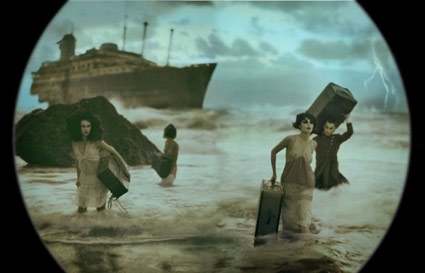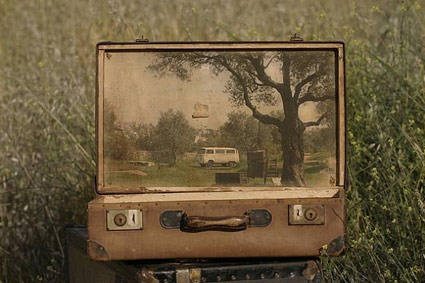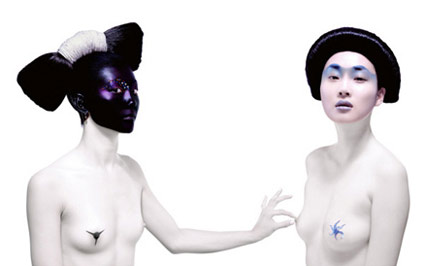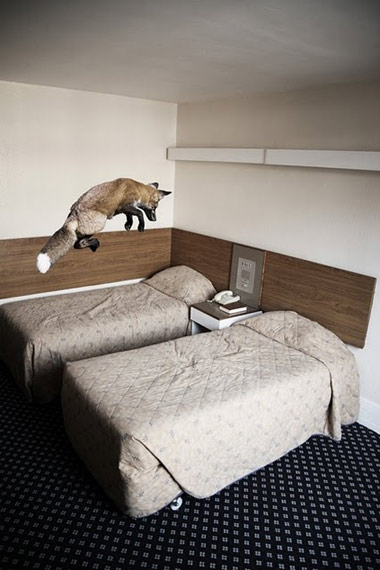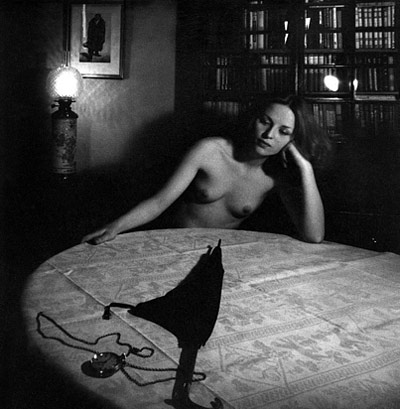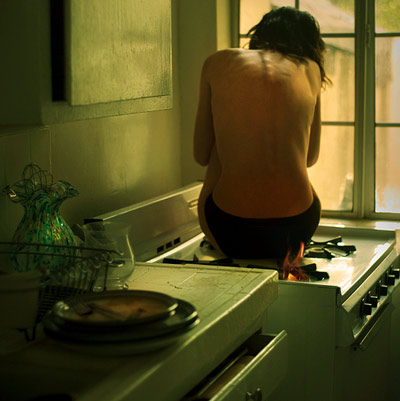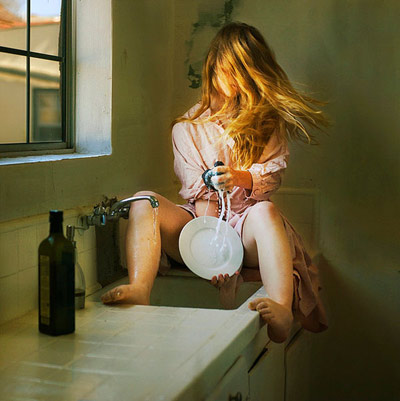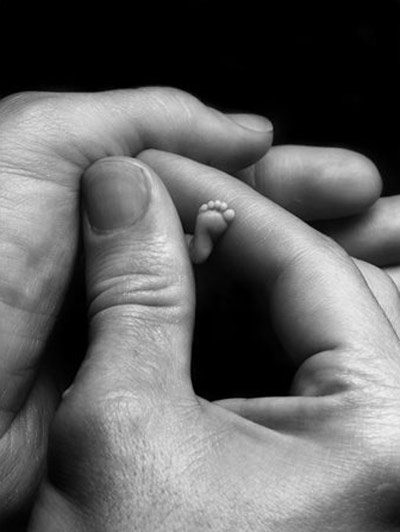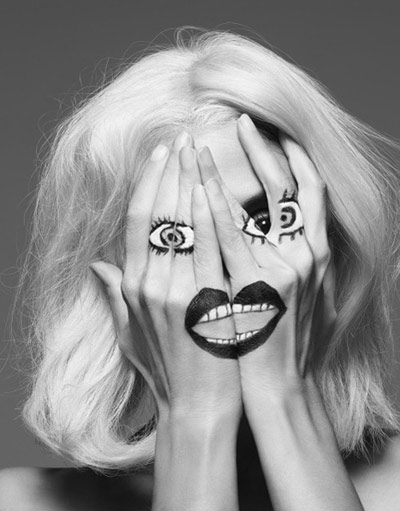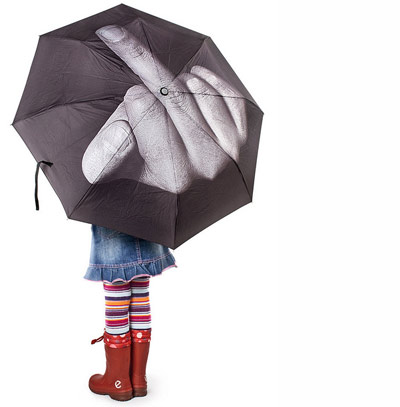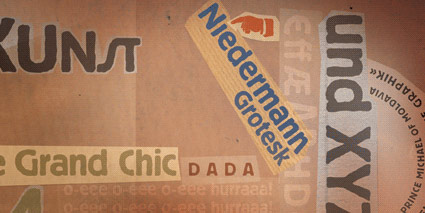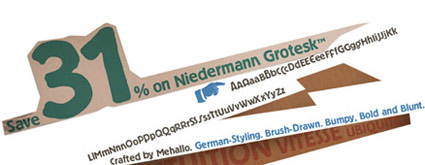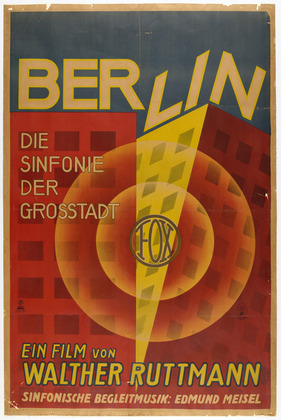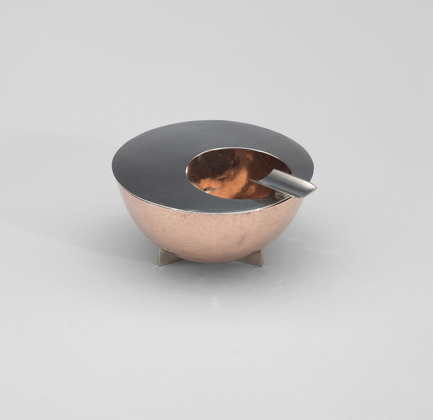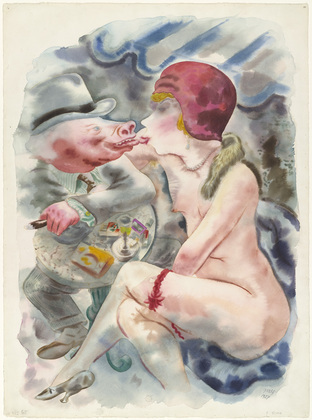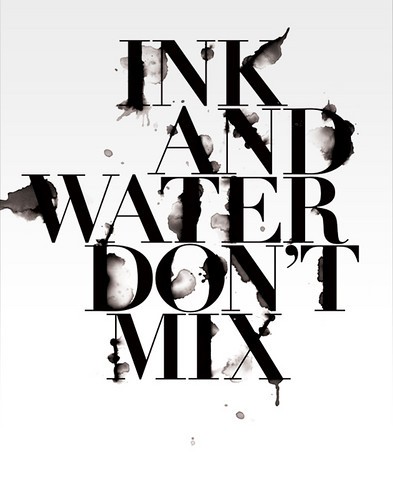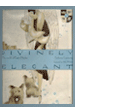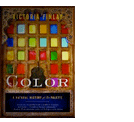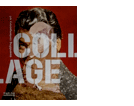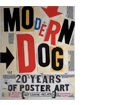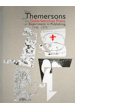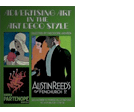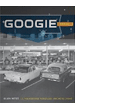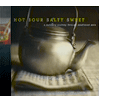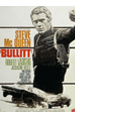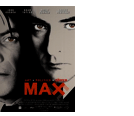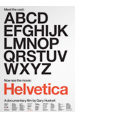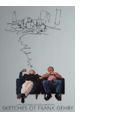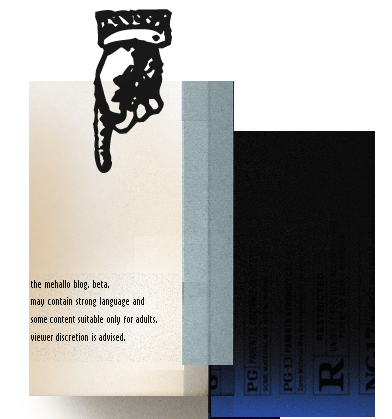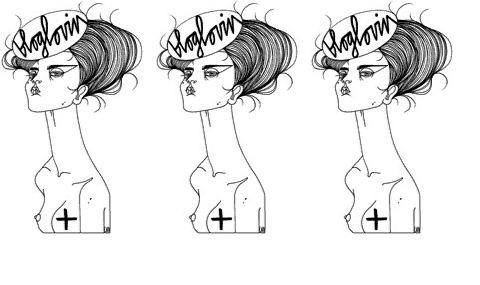The theft: Degenerate Art
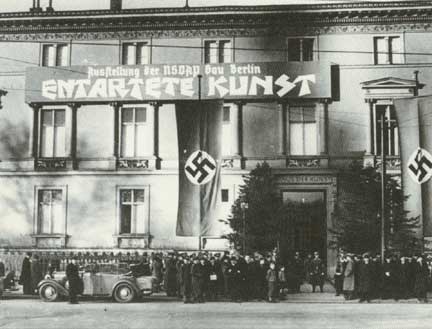
‘Avant-garde German artists were now branded both enemies of the state and a threat to German culture.’
In 1937, the Nazi party hosted ‘Entartete Kunst.’ This traveling exhibition showcased modern art as the work of madmen, ‘degenerates’ out to destroy the world.
Confiscated art – works of Kirchner, Nolde, Beckmann, Ernst, Chagall, Matisse, Picasso, Van Gogh, Dali, Klee, Kandinsky, Lissitzky, Grosz and many others – filled the show. After, the pieces were either destroyed or auctioned off.
For more about Entartete Kunst, watch David Grubin’s powerful 1993 Degenerate Art documentary here. Read more here and here. The show’s exhibition catalog is posted here.
Art, ideas, original thoughts: All dangerous.
This past weekend I saw a documentary on The Inquisition. Things such as inquisitions, persecutions – Entartete Kunst, McCarthyism – cycle throughout history.
What beliefs, doctrines and laws exist today that limit freedom, individuality and progress?
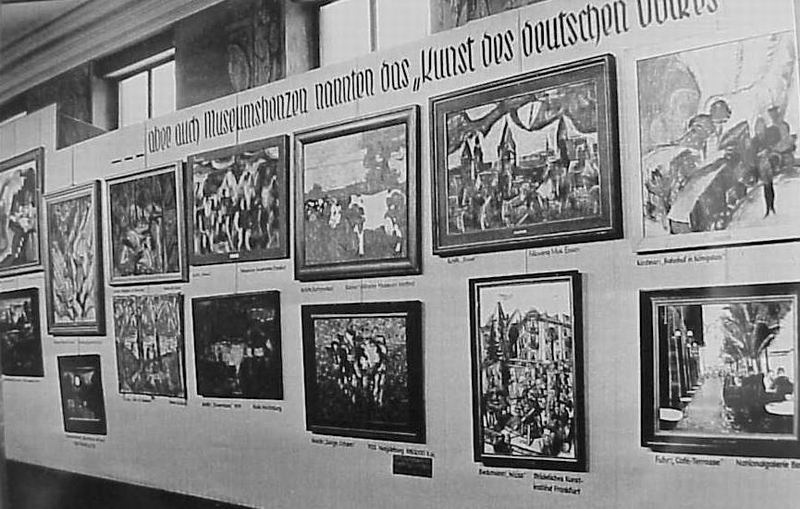
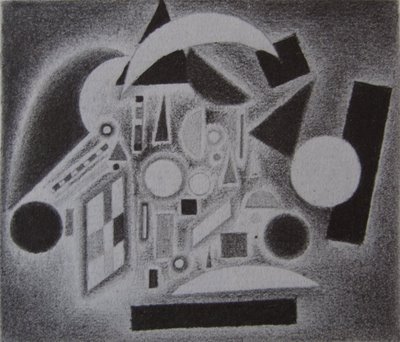

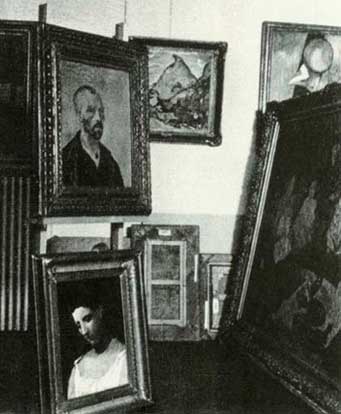
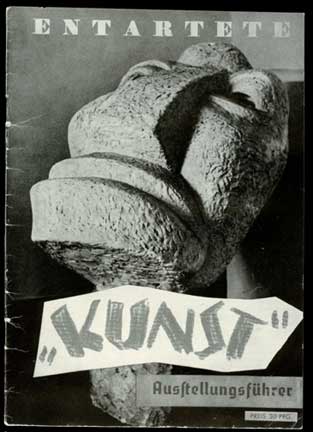
‘From Calgari to Hitler’
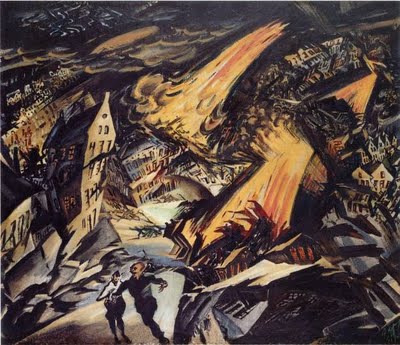
Ludwig Meidner, Apocalyptic Landscape, 1912
Images from the Weimar blog post ‘From Calgari to Hitler,’ named for Siegfried Kracauer’s book on German cinema (1910-40).
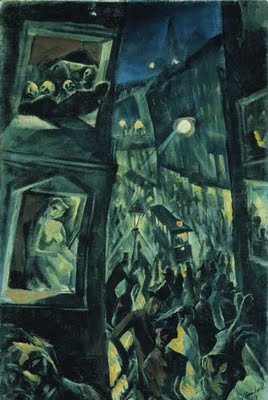
Jakob Steinhardt, The City, 1913

Robert Wiene, Das Kabinett des Dr. Caligari, 1919

Original sketch for a scene in The Cabinet of Dr Caligari from Lotte Eisner
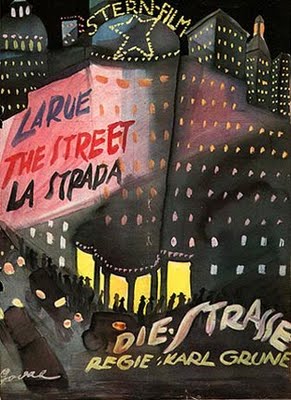
Erich Godal, Die Straße (The Street), 1923
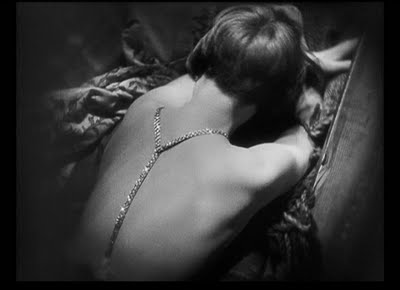
Louise Brooks in “Pandora’s Box” (G.W.Pabst, 1929)
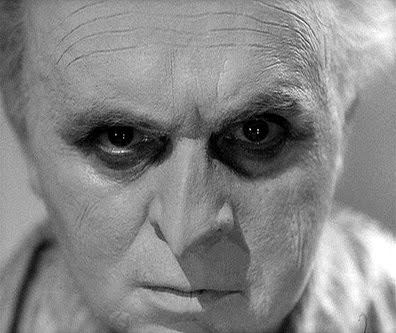
Rudolf Klein Rogge in Lang’s The Testament of Dr. Mabuse, 1933
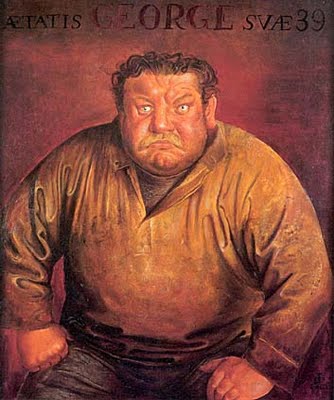
Otto Dix, The Actor Heinrich George, 1933
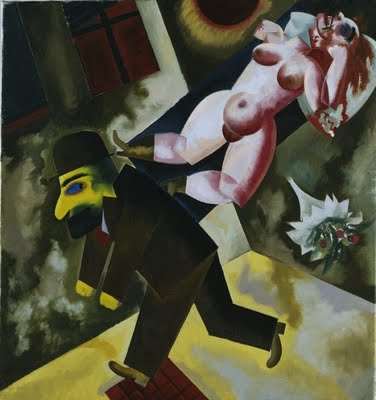
George Grosz, John, the Lady Killer, 1918
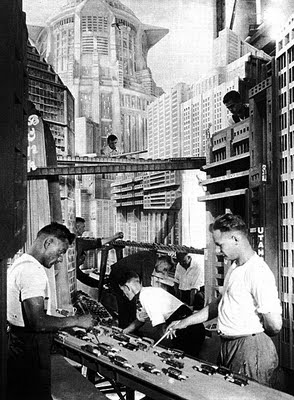
Art director Erich Kettelhut & crew create the futuristic city set of Metropolis
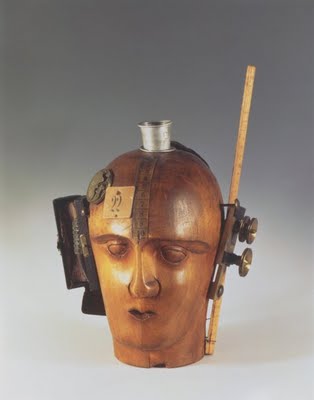
Raoul Hausmann, Mechanical Head (Spirit of Our Age), c. 1920

John Martin, Illustration to Paradise Lost, 1825
Weimar, images
Ever wonder what Germany may have looked like if the Weimar Republic kept going?
I like to think answers to this question could be found in the wonderful image sets posted over at kraftgenie’s Weimar blog. Each post is a collection of seemingly related imagery that is simply . . . Weimar.
Niedermann Grotesk: My new, old font
Niedermann Grotesk is my newest font and it’s been sitting in the hopper for awhile.
It became a side project that appeared while I’d been working on my update to Jeanne Moderno (which is Jeanne Texte, which has been in a little limbo due to other projects) (I plan on getting back to it next month).
Along the way I fell in love with types that were part of the German Sachplakat (object poster) style pioneered by the great Lucian Bernhard – a lot of which can be seen (as backgrounds) in their original zeitgeist settings in the 1927 Ruttmann film I posted on Sunday.
Plakat lettering was drawn as needed, typically painted. For my adaptation, I went back to brush – and included a handful of alternative characters, ligatures, plus a few dingbats.
Grab your copy here.
And . . . Save 31%! Niedermann Grotesk is on sale right now at MyFonts. Sale ends September 22, 2011.
Cabaret-Berlin: Die wilde Bühne 1919-33
‘In her 2010 documentary about the Berlin cabaret scene of the interwar period, Fabienne Rousso-Lenoir includes archival material, excerpts from German cinema classics, rediscovered promotional and institutional films, rare modern art experiments as well as documentaries of the time – all restored in high-definition.’
Above, the first five minutes of Fabienne Rousso-Lenoir’s Cabaret-Berlin: Die wilde Bühne (The Wild Stage) 1919-33. This 2010 documentary is loaded with incredible images from an era that went away in the 1930s.
Watch the entire untranslated film here. (Note: Veoh player download required)
‘Life was a cabaret’
Berlin of the 1920s was considered by many to be the cultural center of Europe; home to innovative art, music and a bawdy nightlife – all squashed when the Nazis came to power in 1933.
Above, Walther Ruttmann’s silent (add your own music) Berlin: Symphony of a Great City (1927), which ‘portrays the life of a city mainly through visual effects and music, not narrative content. The impression it conveys of daily life in Berlin is dynamic, anxiety-ridden, cacophonous – and a helluva lot of fun!’ -Jessica Glaser, MoMA
Below, visual highlights from MoMA’s recent exhibition, German Expressionism: The Graphic Impulse. Additional commentary here.
Willkommen
Berlin: ‘No More Words’
Berlin performing No More Words. From the Love Life tee vee special, 1984.
Original music video here. Dance mix below.
Berlin: No More Words (Extended Dance Mix)
Salad dressing
The concept of salad dressing – oil and water – is the basis for the magic we call printing. I learned this a long time ago, in a class. Or something.
Also, years ago, learned that this stuff is pretty much one of the few things that will remove printing ink from skin.
Pictured, the typographic work of UK-based Craig Ward.
Off Book: Type
‘Type is universal’
Typography is everywhere – and as an art form is often overlooked.
There are very few actual documentaries about type – and PBS decided to take on the task of making one. Or in this case, remaking one. Off Book: Type premiered this week as sort of a seven minute version of Gary Hustwit’s Helvetica. Sort of. It IS a new doc, tho it does cover some ground already treaded.
Off Book is PBS’ new online series focusing on ‘experimental and nontraditional art forms.’ For more information, read here. Website here.
